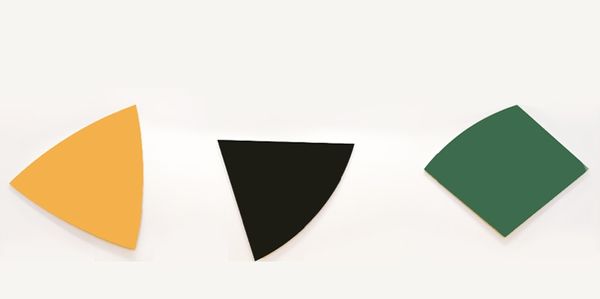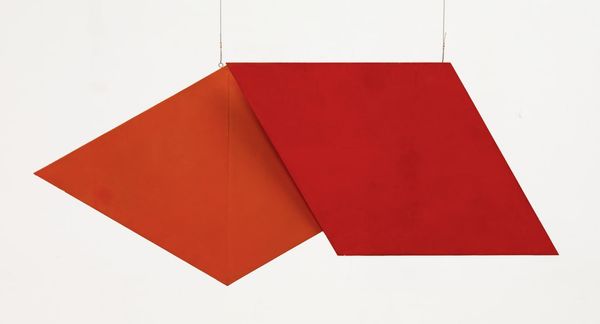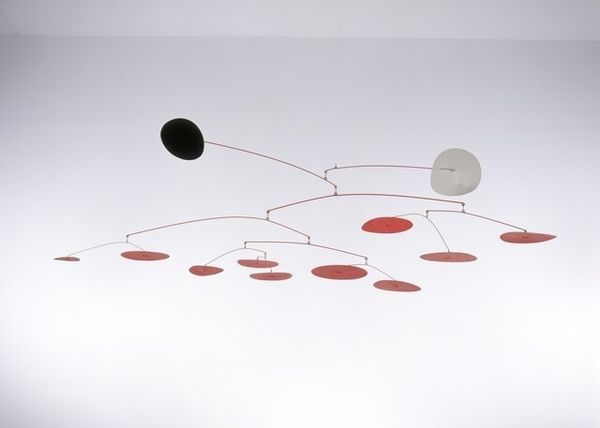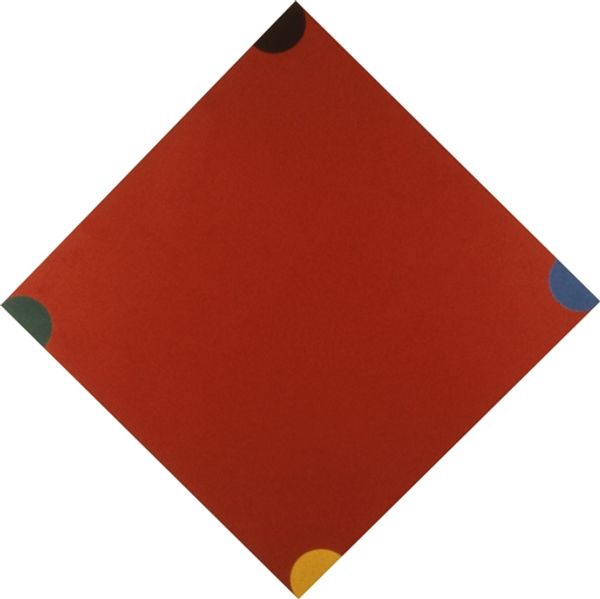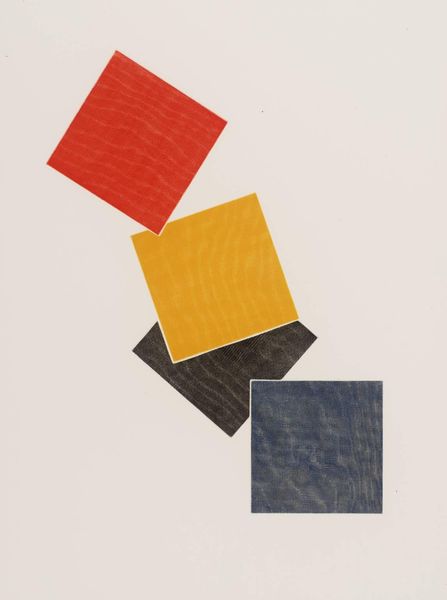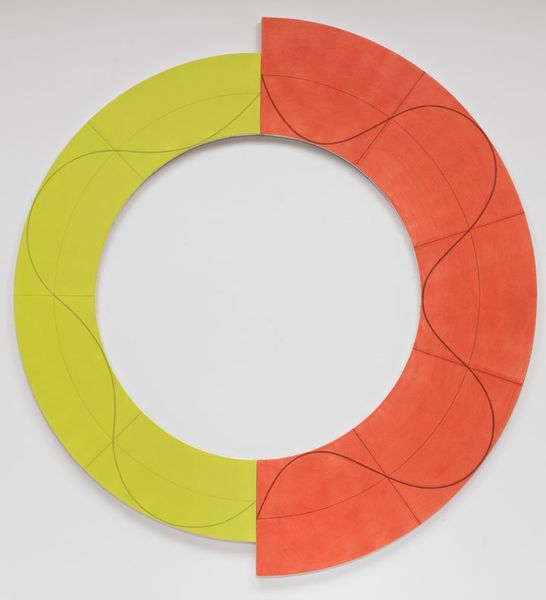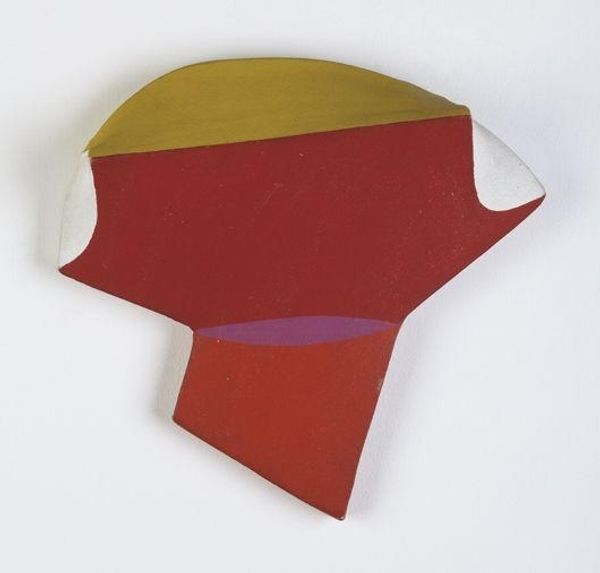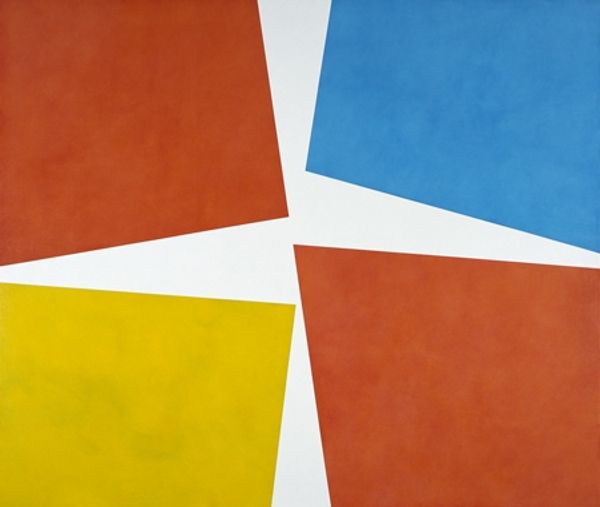
mixed-media, paper, sculpture
#
mixed-media
#
concrete-art
#
non-objective-art
#
constructivism
#
paper
#
geometric
#
sculpture
#
abstraction
Copyright: Raul Lozza,Fair Use
Editor: This is Raul Lozza's "Relief, detail" from 1945. It's a mixed-media sculpture featuring brightly colored geometric shapes. What strikes me is its playful quality, despite the hard edges. What do you see in this piece? Curator: I see a potent engagement with the social and political currents of its time. Lozza, deeply embedded in the Concrete Art movement, was making a statement. Consider the context: post-war Argentina, a nation grappling with its identity amidst global shifts. This non-objective art rejects traditional representation. Lozza instead presents pure form and color as a language. Editor: A language of…what exactly? Curator: Resistance, perhaps? To the dominant narrative, to the figurative art that often served the status quo. These shapes, precisely arranged, speak to a utopian vision – a world built on rational principles, on equality. Look at the deliberate use of industrial materials and the lack of painterly brushstrokes. He aims to strip away the artist's ego and create something universal. Does that resonate with you? Editor: It does. I guess I hadn't considered the political undertones of abstraction. I was too focused on just the colors and shapes. So the geometric nature isn't just about aesthetics. Curator: Exactly. Think about Constructivism and its roots in revolutionary Russia. Lozza and his contemporaries are carrying that torch, albeit in a different context. It prompts questions about the role of art in societal change, its potential to disrupt established norms, even through seemingly apolitical forms. What’s your takeaway now? Editor: That even something that appears purely abstract can be deeply rooted in its socio-political environment, acting as a subtle yet powerful form of commentary. Curator: Precisely. It reframes our understanding and encourages a broader dialogue that takes in identity and social norms.
Comments
No comments
Be the first to comment and join the conversation on the ultimate creative platform.
